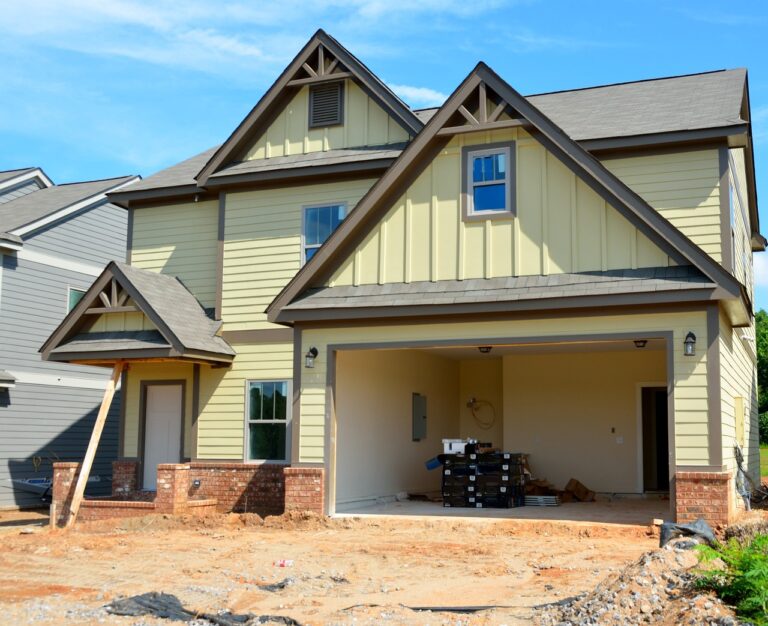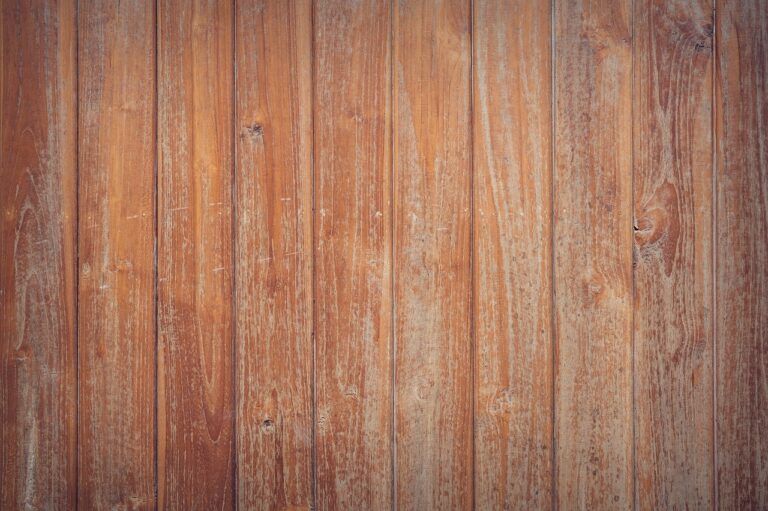Analyzing ROI on Home Improvement for Real Estate Investment
When it comes to real estate investment, home improvements play a significant role in adding value to a property. Whether it’s renovating the kitchen, upgrading the bathrooms, or enhancing the curb appeal, these improvements can attract more potential buyers and increase the overall value of the property. Investing in home improvements can also help a property stand out in a competitive market, making it more appealing to buyers.
Additionally, home improvements can improve the functionality and comfort of a property, which can be attractive selling points for potential buyers. By investing in upgrades and renovations, property owners can create a space that is not only visually appealing but also meets the needs and desires of modern homebuyers. Ultimately, home improvements can significantly impact the return on investment in real estate by increasing property value and attracting more buyers.
• Home improvements add value to a property in real estate investment
• Renovations can attract more potential buyers and increase overall property value
• Upgrades can help a property stand out in a competitive market
• Improvements improve functionality and comfort of the property, making it more appealing to buyers
• Creating a visually appealing space that meets modern homebuyer needs can increase return on investment
Factors Influencing ROI on Home Improvements
When considering home improvements with the goal of maximizing ROI, it’s essential to take into account various factors that can significantly impact the return on investment. One crucial factor to consider is the location of the property. Properties in desirable neighborhoods or areas with high demand tend to yield a higher ROI compared to those in less sought-after locations.
Additionally, the type and scope of the home improvement project can also influence the ROI. Generally, projects that enhance the functionality, energy efficiency, and aesthetic appeal of a property tend to result in a higher return on investment. Conversely, overly personalized or niche upgrades may not appeal to a broad range of potential buyers, potentially limiting the ROI potential.
Calculating Return on Investment for Home Improvements
When it comes to calculating the return on investment for home improvements, it’s crucial to consider both the initial cost of the project and the potential increase in the property’s value. Start by determining the total amount spent on the renovation, including materials, labor costs, and any other expenses incurred during the process. This figure will be your initial investment in the home improvement project.
Next, you’ll need to assess the impact of the renovation on the property’s value. This can be done by researching comparable properties in the area that have similar features to the renovated property. Look at the selling prices of these properties to get an idea of how much the renovation could potentially increase the value of your own property. By comparing the initial investment to the projected increase in property value, you can calculate the return on investment for the home improvement project.
How can home improvements impact real estate investment?
Home improvements can increase the value of a property, attract more potential buyers or tenants, and ultimately lead to a higher return on investment.
What are some factors that can influence the ROI on home improvements?
Factors such as the type of improvement, the current market conditions, the location of the property, and the quality of the work done can all impact the ROI on home improvements.
How can I calculate the return on investment for home improvements?
To calculate the ROI for home improvements, you can subtract the cost of the improvement from the increase in property value, then divide that number by the cost of the improvement and multiply by 100 to get a percentage.







